#almost not sorry
Explore tagged Tumblr posts
Text
FUCK
#game changer#game changer season 6#game changer spoilers#sam says#sam reich#lou wilson#jacob wysocki#vic michaelis#this is the worst thing I've ever seen actually#i almost cried#the sheer joy of Henry and the thought of not being allowed to see him#also sorry for the terrible quality of the video 😭#pretty sure it's lagging badly but that's all i got 🥲
40K notes
·
View notes
Text


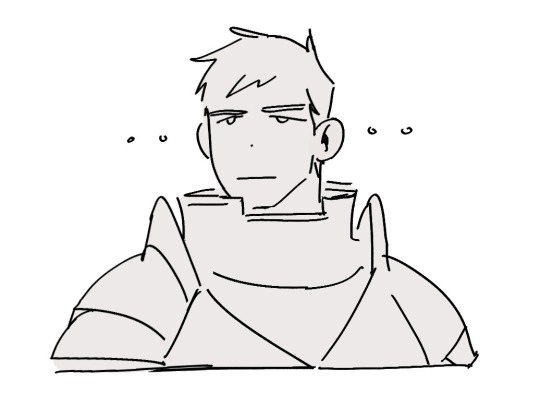
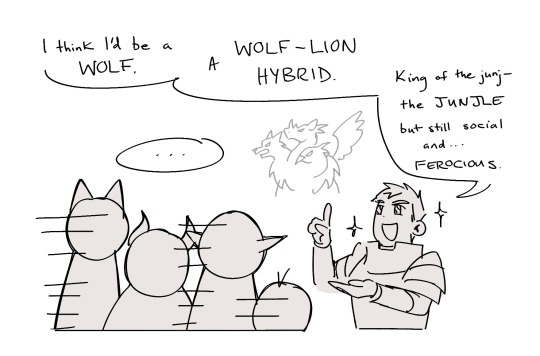
laios985
#dungeon meshi#laios touden#marcille donato#izutsumi#chilchuck tims#senshi#SURPRISE not trigun again lol#ohmygawd sorry i almost felt too lazy to tag all their names#anyways THIS ONE’S FOR YOU EMI 🫵🫵🫵#you can prob expect more dunmeshi art in the near future BC IM SOOOO FACKING EXCITED FOR THE ANIME HELPP MEEEEE#IT JUST FEELS LIKE IT WAS MADE FOR ME LIKE STUDIO TRIGGER AND BUMP OF CHICKEN OP?????????? DUNMESHI NATION. WE WON.
60K notes
·
View notes
Text


*looking into the camera like i'm on the office*
#i'm sorry st followers i've almost run out of material#stranger things#eddie munson#steve harrington#steddie#strangerthingsedit#josephquinnedit#joekeeryedit#tvedit#netflix edit#anztag#userqic#userbaby#userkitkat#userkam#userspacey#userange#underbetelgeuse#*gifs
10K notes
·
View notes
Text

I'm sorry but I'm obsessed with this.
My man is MAD looking at Viktor, frowning. And Viktor is looking at him but as soon as Jayce looks away he raises an eyebrow like BITCH WHY YOU MAD
Don't even get me started on how Viktor looks, like HOLY SHIT, while the light illuminates his fac- and the shado- and his eyes- I need to sit down.
#I'm sorry english is not my first language#This is my first Gif btw I made this shit because I can't stop thinking about this moment#YES IT HAS BEEN ALMOST A MONTH IM STILL STUCK IN THIS PLEASE#jayce talis#jayce x viktor#jayvik#arcane jayce#viktor arcane#arcane#arcane gifs#my gifs
6K notes
·
View notes
Text
heartbreaking: none of artist's other songs are as much of a banger as the song I discovered the artist by
#yeah this is about jann sorry#none of his other songs get anywhere close to gladiator#emperor's new clothes is almost getting there#but hey maybe future songs will slap as much as gladiator does
75K notes
·
View notes
Text
day 47! yaoi base

8K notes
·
View notes
Text

me too, luna.
#luna#celestia#mlp#my art#fanart#comic#grand galloping 20s#doodles#oscillating between serious “luna has depression” and funny “luna is a shut in who smells bad and reads books without a light”#luna would LOVE modern pajamas and sweatpants rip#also celestia usually uses first person “I” pronouns but Luna almost exclusively uses we/us#because nightmare moon is technically another identity sharing her body#it's like DID but not because it's not a disorder to them#edit: sorry should clarify that did doesn't need to be considered a disorder either#i don't know the preferred nomenclature for this topic there's someone in the tags who explains
8K notes
·
View notes
Text
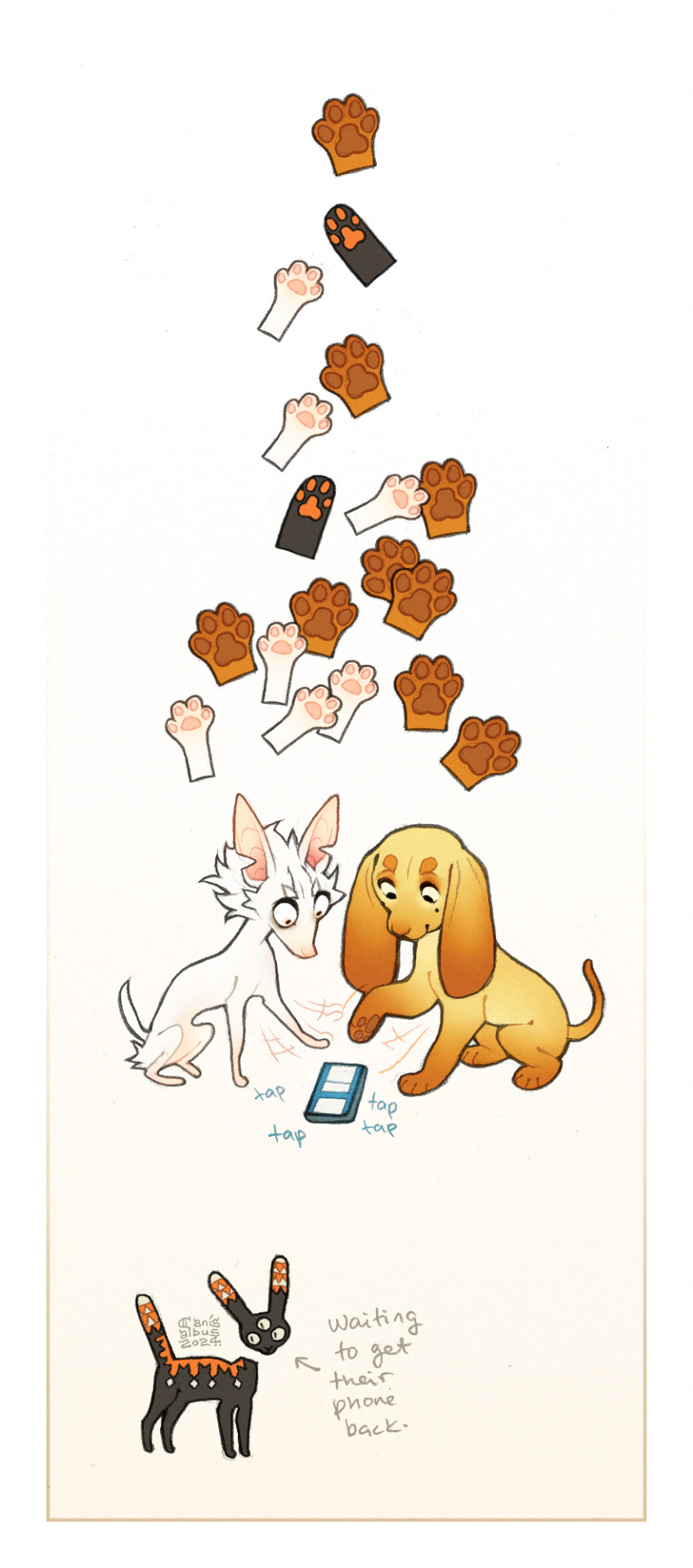
Today's tumblr experience.
#own art#own characters#CanisAlbus#boop#the boopening#art#artists on tumblr#Machete#Vasco#I've been trying to return as many boops as I can but if I don't get to you I'm sorry it's a little overwhelming and it's getting late#I just thought it was funny how the cat paw colors almost match theirs (+ my umbreon sona's)
19K notes
·
View notes
Text


sometimes u just gotta remind yourself that while ace attorney is about law and justice and stuff it is also about a bunch of young adults living in [CALIFORNIA]
#ace attorney#phoenix wright#apollo justice#klavier gavin#ema skye#maya fey#aa4#lana skye#mia fey#gyakuten saiban#klapollo#sorry this is so dumb i have a sad comic planned so i have to get my sillies out#my art#cw drug use#also before anyone yells at me abt how klavier wouldn’t smoke bc of his voice#a) he’d do it very rarely and probably almost always socially#and b) u know he made phoenix put ice in that bong. you KNOW he did#meanwhile ema keeps at least 2 cartons of cigarettes on her at all times#shes just like me fr
8K notes
·
View notes
Text
Hello neurodivergent people. I was wondering if I'm just weird or it is common to not being able to learn certain motoric skills at the same time as my peers and learned them MUCH later
#poll#a friend of mine only learned to ride her bike in her 20s#i didnt manage to snap my fingers until i was like 18#i still cant reliably whistle or swim#i was a latebloomer with almost everything that involves having to copy someones physical movement#pretty sure i was the last one to learn to tie my shoes in kindergarten#oops i forgot the option for 'nope' sorry lmao
18K notes
·
View notes
Text
so i love peppermint candy and when i was in middle school theyd hold a candy cane sale in december, one quarter per candy cane! extremely excellent deal, except i was twelve and completely broke. so one year i scrounged for floor change for a couple of days before deciding i was desperate and stealing $20 from my mother’s nightstand 😔 it weighed on me for a full decade until a few months ago i decided to finally confess to my mom and she was like. yeah dude you came home with eighty candy canes. do you think i’m stupid
#SORRY MOMMY#reminded bc i’ve eaten almost a full bag of peppermints in like two days#they’re just. so so good
37K notes
·
View notes
Text









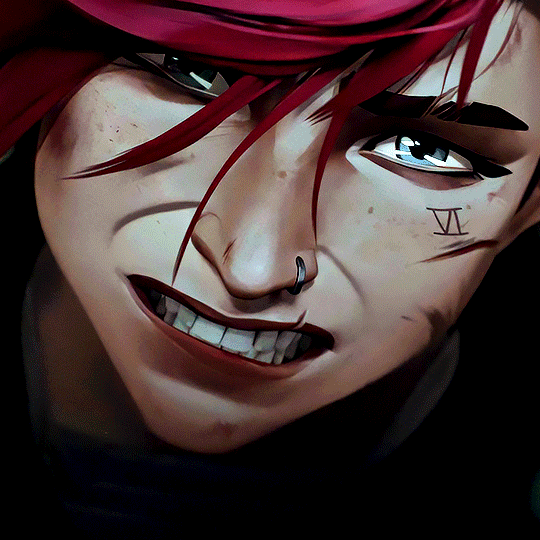






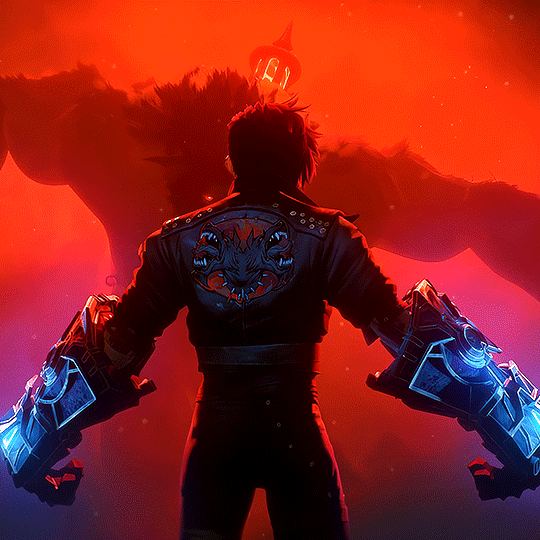












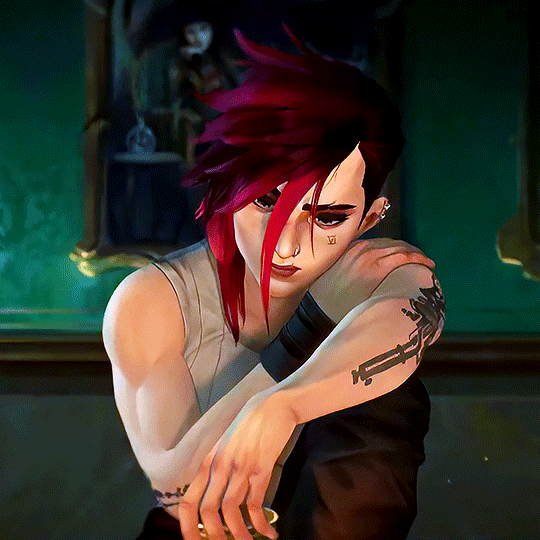
Arcanegifs' Arcane Season 2 (2024) Character Poll Winner: Vi ↳ "Vi was strong because she was afraid. Her fear of losing us what made her fight so hard."
#sorry to your phones but it had to be done... also i tried gifing the scenes i havent done yet. this was so much fun!#god shes so handsome... my fave one is the one where shes in her black jacket just walking 😍 (the 19th gif)#arcane#arcaneedit#vi#vi arcane#arcane vi#league of legends arcane#league of legends#arcane s2#arcane season 2#arcane league of legends#media: arcane#type: gif#s2 ep1#s2 ep3#s2 ep5#s2 ep6#s2 ep7#s2 ep8#s2 ep9#ok i am EXHAUSTED this is why i almost never make 30 gif sets anymore LOL goodnight yall
3K notes
·
View notes
Text
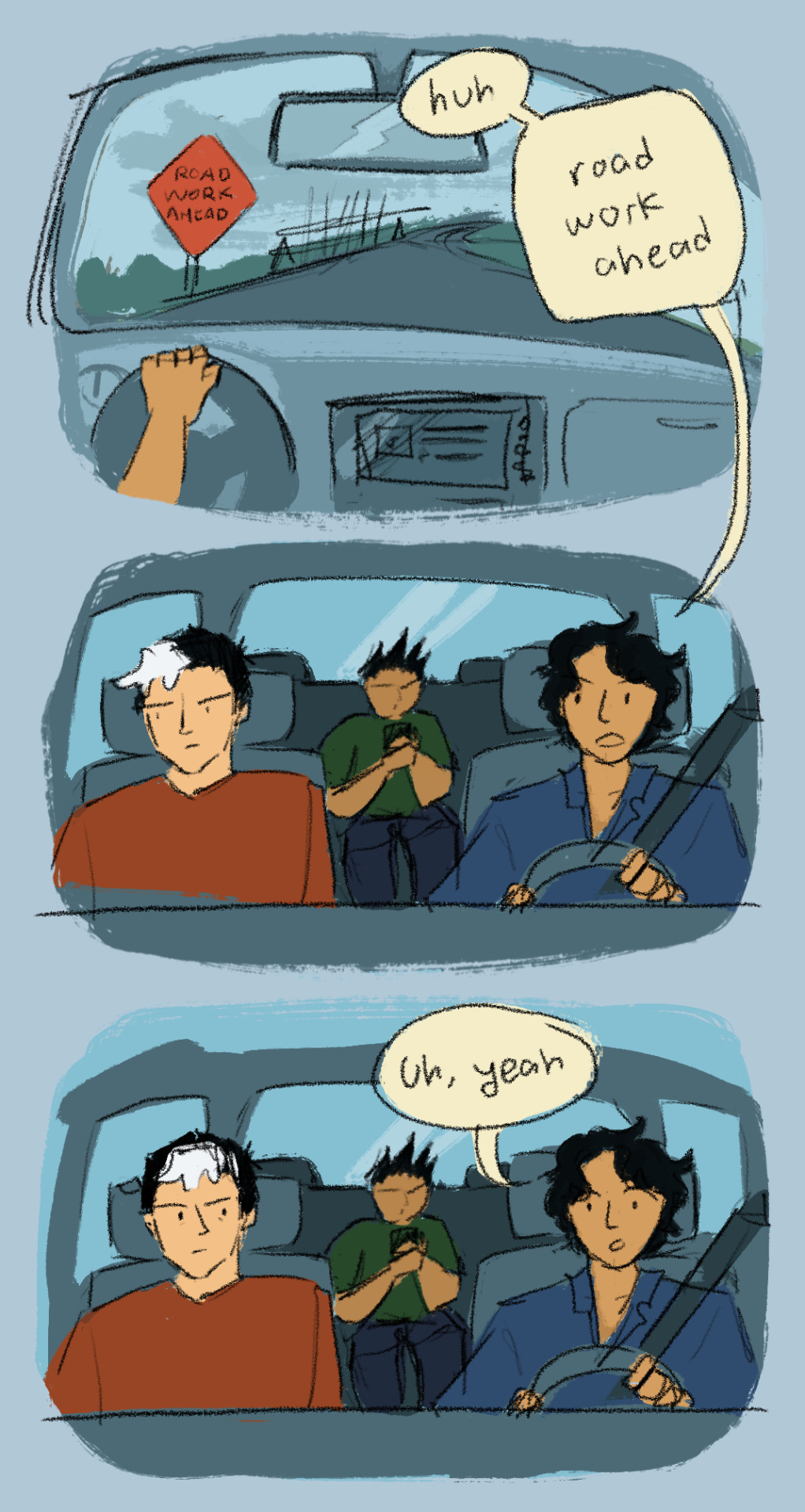

inspired by this post, in which Damian does not know what Vine is
#sorry this was funnier in my head#but after i read that post I COULD NOT STOP THINKING ABOUT IT#gen z batkids is the most Cursed thing i've read today and i love it#at first i had so many Thoughts about how my brain CANNOT reconcile tim as anything but a 90s kid but then i read that line about damian and#i feel like they'd mess with him sometimes by randomly quoting memes in unison#almost started to overthink how in This Particular Timeline jason might have missed out on this meme because he was Not Alive#but for the purposes of this silly joke i choose to believe dates are irrelevant#that is all thank you#clarisse doodles#batfam#damian wayne#dick grayson#jason todd
11K notes
·
View notes
Text


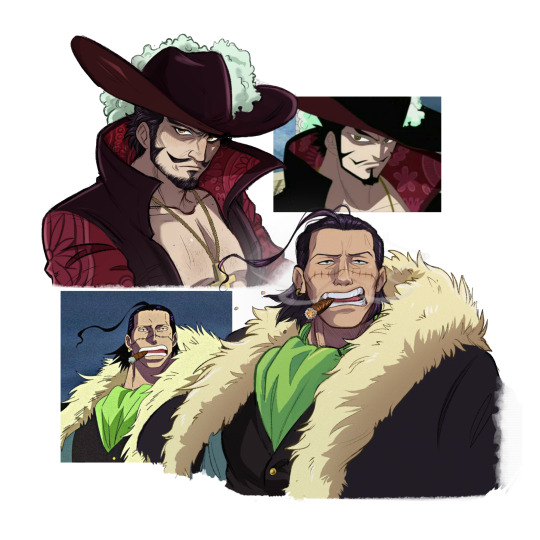

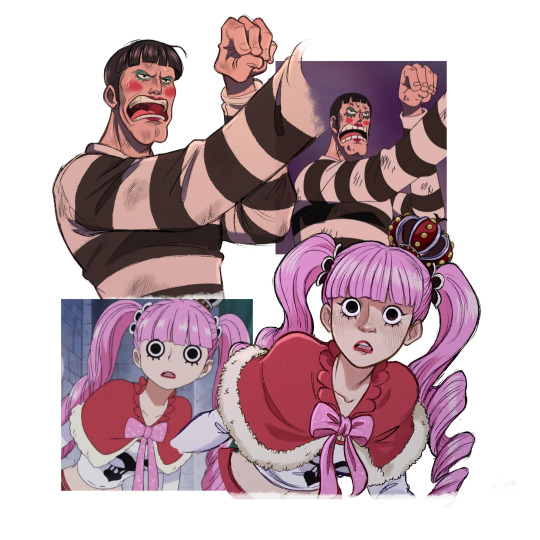
Oh wow, I'm absolutely FLOORED by the response on my Strawhat Screenshot Redraws! Thank you so much, been reading all your lovely tags and smiling SO much!! 💖
Here's Part 2 with requests from Insta plus some. Let me know if there's someone else you'd like to see!
#one piece#nnobodiusart#Portgas D Ace#Portgas D. Ace#Nefertari Vivi#Princess Vivi#Buggy the Clown#Red Haired Shanks#Shanks#Dracule Mihawk#Sir Crocodile#Donquixote Rosinante#Trafalgar Law#Trafalgar Water D. Law#Bon Clay#Perona#Screenshot Redraw#I added Vivi Ace Crocodile & Shanks the rest were requested#Law and Mihawk are HARD to draw can't do them enough justice#Mihawk is a bit live-action inspired#Sorry for the semi-unintentional Shuggy may happen again#Note to say Ace looks almost the same bc Alabasta Ace is literally perfect
8K notes
·
View notes
Text
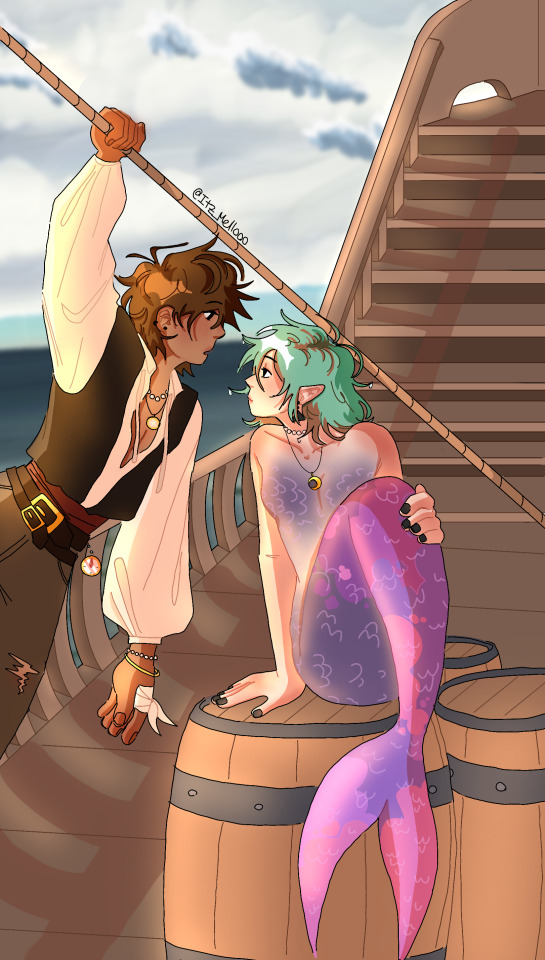
Lumity week day 7: Free day!!
SAVE ME PIRATE X MERMAID AU SAVE ME
#I actually LOVE this au#It makes me timbers shiver#Sorry I'm a nerd#I'm also super sorry this is almost a week late 😬 life decided to be RUDE#luz noceda#amity blight#Lumity#Lumity week#Lumity week 2024#The owl house#The owl house fanart#Toh#digital art#artists on tumblr#kenny's art:3
3K notes
·
View notes
Text
What does life in North Korea look like outside of Pyongyang? 🇰🇵
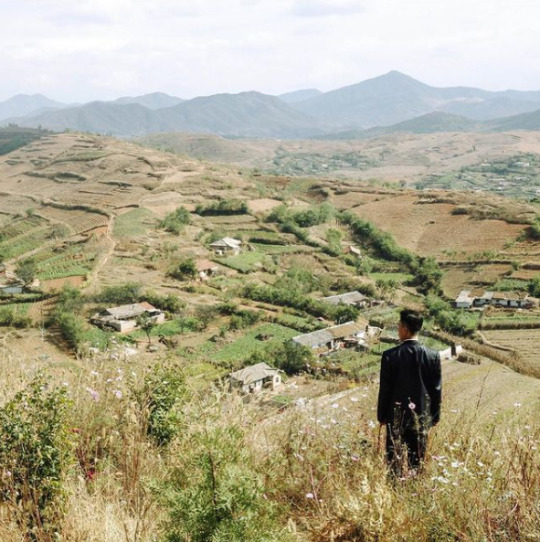
Hey, I'm back again with a very scary "tankie" post that asks you to think of North Koreans as people, and to consider their country not as a cartoonish dystopia, but as a nation that, like any other place on earth, has culture, traditions, and history.
Below is a collection of pictures from various cities and places in North Korea, along with a brief dive into some of the historical events that informs life in the so-called "hermit kingdom."
Warning: very long post
Kaesong, the historic city
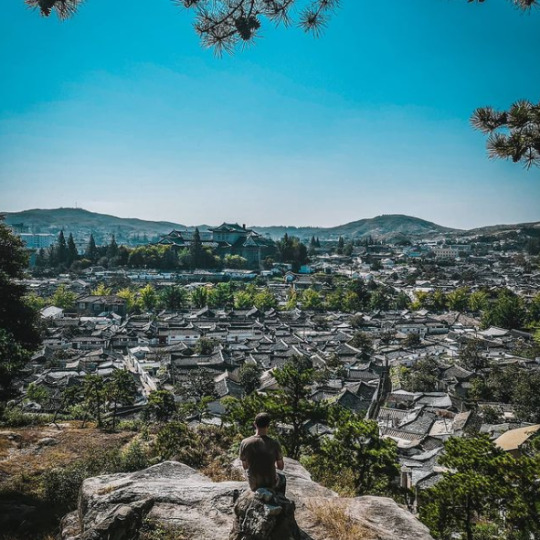
Beginning this post with Kaesong, one of the oldest cities in Korea. It's also one of the few major cities in the DPRK (i.e. "North Korea") that was not completely destroyed during the Korean war.
Every single city you'll see from this point on were victims of intense aerial bombardments from the U.S. and its allies, and had to be either partially or completely rebuilt after the war.
From 1951 to 1953, during what has now become known as the "forgotten war" in the West, the U.S. dropped 635,000 tons of bombs over Korea — most of it in the North, and on civilian population centers. An additional 32,000 tons of napalm was also deployed, engulfing whole cities in fire and inflicting people with horrific burns:
For such a simple thing to make, napalm had horrific human consequences. A bit of liquid fire, a sort of jellied gasoline, napalm clung to human skin on contact and melted off the flesh. Witnesses to napalm's impact described eyelids so burned they could not be shut and flesh that looked like "swollen, raw meat." - PBS
Ever wondered why North Koreans seem to hate the U.S so much? Well...
Keep in mind that only a few years prior to this, the U.S. had, as the first and only country in the world, used the atomic bomb as a weapon of war. Consider, too, the proximity between Japan and Korea — both geographically and as an "Other" in the Western imagination.
As the war dragged on, and it became clear the U.S. and its allies would not "win" in any conventional sense, the fear that the U.S. would resort to nuclear weapons again loomed large, adding another frightening dimension to the war that can probably go a long way in explaining the DPRK's later obsession with acquiring their own nuclear bomb.
But even without the use of nuclear weapons, the indiscriminate attack on civilians, particularly from U.S. saturation bombings, was still horrific:
"The number of Korean dead, injured or missing by war’s end approached three million, ten percent of the overall population. The majority of those killed were in the North, which had half of the population of the South; although the DPRK does not have official figures, possibly twelve to fifteen percent of the population was killed in the war, a figure close to or surpassing the proportion of Soviet citizens killed in World War II" - Charles K. Armstrong
On top of the loss of life, there's also the material damage. By the end of the war, the U.S. Air Force had, by its own estimations, destroyed somewhere around 85% of all buildings in the DPRK, leaving most cities in complete ruin. There are even stories of U.S. bombers dropping their loads into the ocean because they couldn't find any visible targets to bomb.
What you'll see below of Kaesong, then, provides both a rare glimpse of what life in North Korea looked like before the war, and a reminder of what was destroyed.
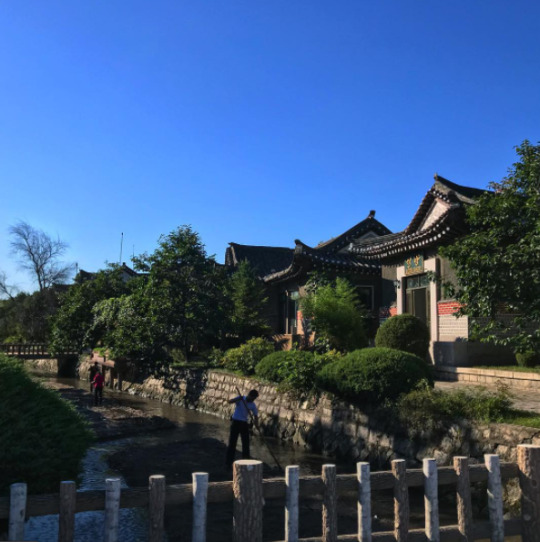
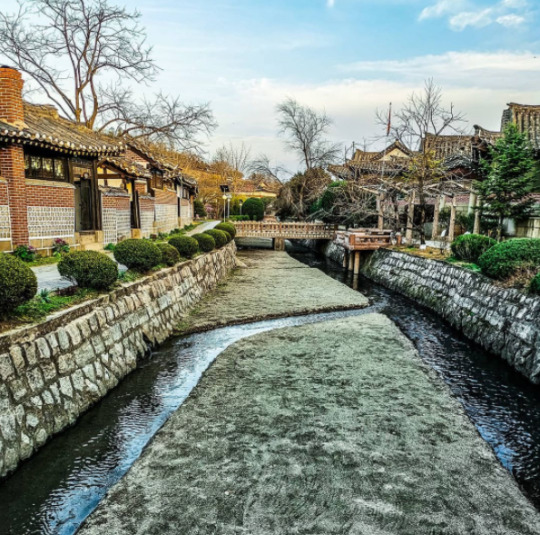
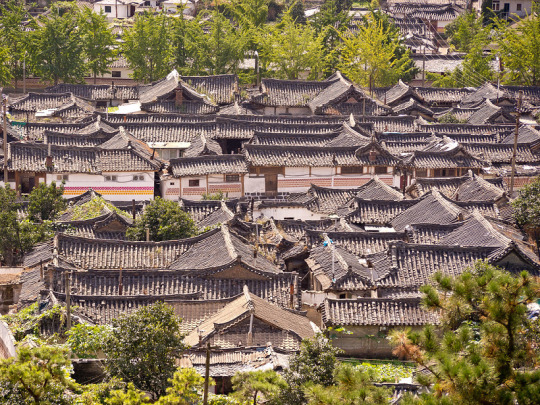
Kaesong's main street, pictured below.
Due the stifling sanctions imposed on the DPRK—which has, in various forms and intensities, been in effect since the 1950s—car ownership is still low throughout the country, with most people getting around either by walking or biking, or by bus or train for longer distances.
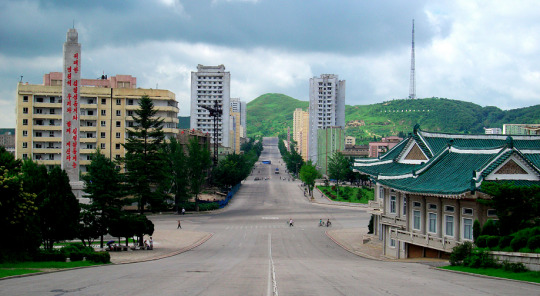
Kaesong, which is regarded as an educational center, is also notable for its many Koryŏ-era monuments. A group of twelve such sites were granted UNESCO world heritage status in 2013.
Included is the Hyonjongnung Royal Tomb, a 14th-century mausoleum located just outside the city of Kaesong.
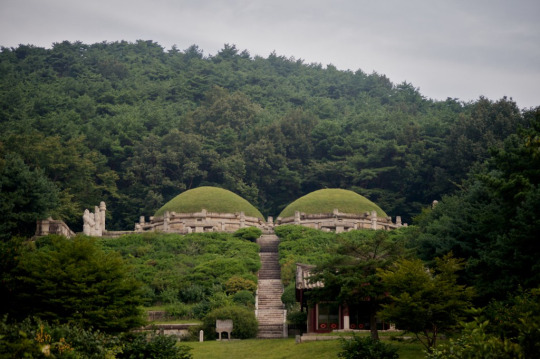
One of the statues guarding the tomb.

Before moving on the other cities, I also wanted to showcase one more of the DPRK's historical sites: Pohyonsa, a thousand-year-old Buddhist temple complex located in the Myohyang Mountains.
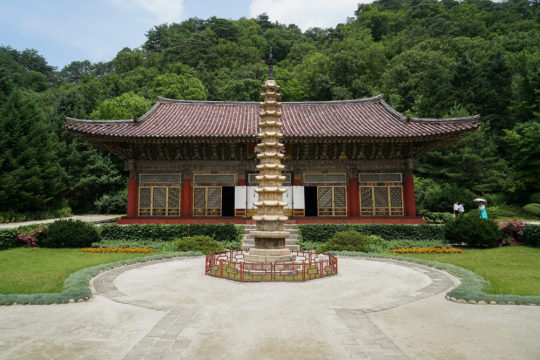
Like many of DPRK's historic sites, the temple complex suffered extensive damage during the Korean war, with the U.S. led bombings destroying over half of its 24 pre-war buildings.
The complex has since been restored and is in use today both as a residence for Buddhist monks, and as a historic site open to visitors.


Hamhung, the second largest city in the DPRK.
A coastal city located in the South Hamgyŏng Province. It has long served as a major industrial hub in the DPRK, and has one of the largest and busiest ports in the country.
Hamhung, like most of the coastal cities in the DPRK, was hit particularly hard during the war. Through relentless aerial bombardments, the US and its allies destroyed somewhere around 80-90% percent of all buildings, roads, and other infrastructure in the city.
Now, more than seventy years later, unexploded bombs, mortars and pieces of live ammunition are still being unearthed by the thousands in the area. As recently as 2016, one of North Korea's bomb squads—there's one in every province, faced with the same cleanup task—retrieved 370 unexploded mortar rounds... from an elementary school playground.
Experts in the DPRK estimate it will probably take over a hundred years to clean up all the unexploded ordnance—and that's just in and around Hamhung.
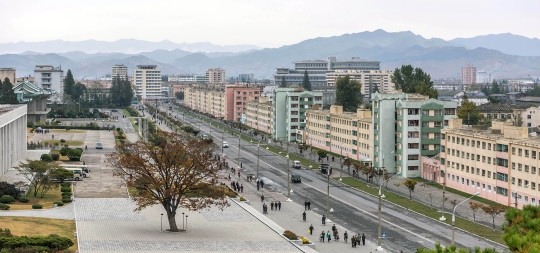
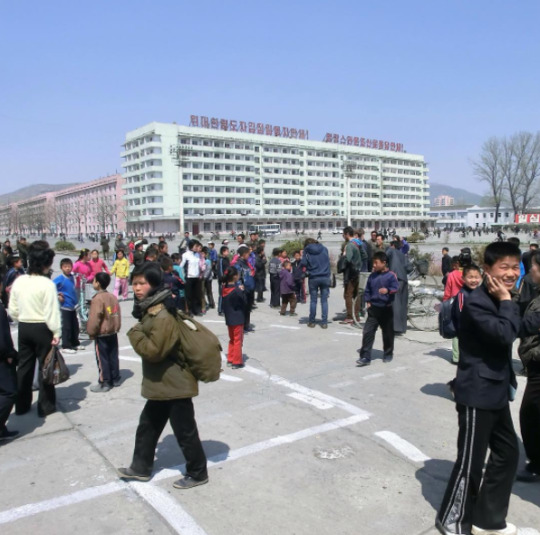
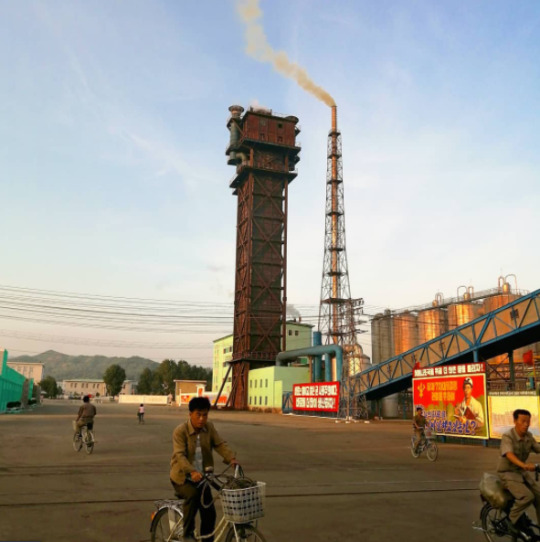
Hamhung's fertilizer plant, the biggest in North Korea.
When the war broke out, Hamhung was home to the largest nitrogen fertilizer plant in Asia. Since its product could be used in the creation of explosives, the existence of the plant is considered to have made Hamhung a target for U.S. aggression (though it's worth repeating that the U.S. carried out saturation bombings of most population centers in the country, irrespective of any so-called 'military value').
The plant was immediately rebuilt after the war, and—beyond its practical use—serves now as a monument of resistance to U.S. imperialism, and as a functional and symbolic site of self-reliance.
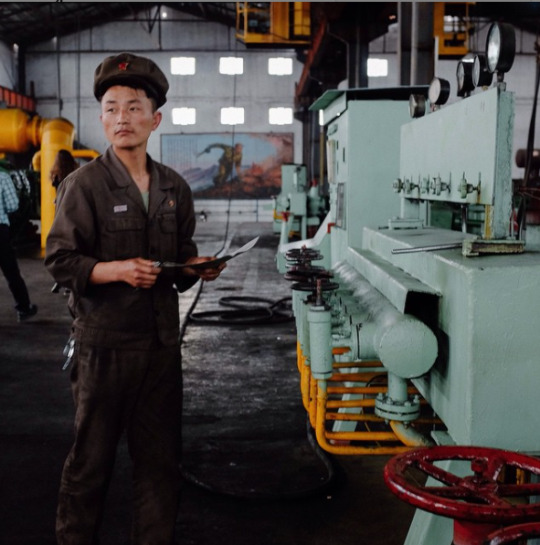
Chongjin, the third largest city in the DPRK.
Another coastal city and industrial hub. It underwent a massive development prior to the Korean war, housing around 300,000 people by the time the war broke out.
By 1953, the U.S. had destroyed most of Chongjin's industry, bombed its harbors, and killed one third of the population.
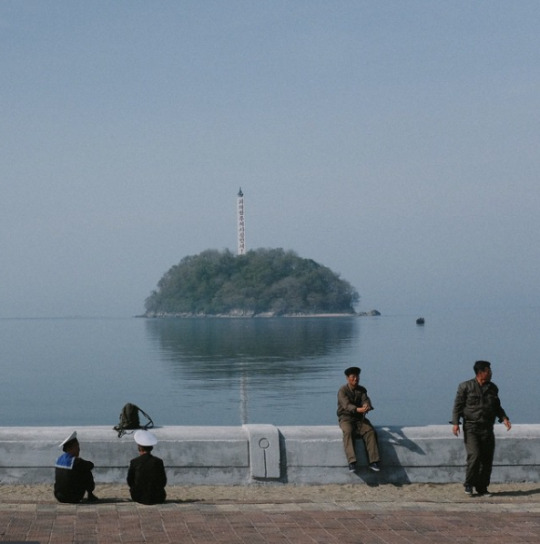


Wonsan, a rebuilt seaside city.
The city of Wonsan is a vital link between the DPRK's east and west coasts, and acts today as both a popular holiday destination for North Koreans, and as a central location for the country's growing tourism industry.
Considered a strategically important location during the war, Wonsan is notable for having endured one of the longest naval blockades in modern history, lasting a total of 861 days.
By the end of the war, the U.S. estimated that they had destroyed around 80% of the city.
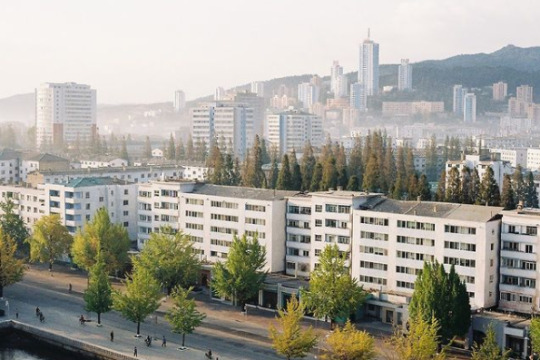
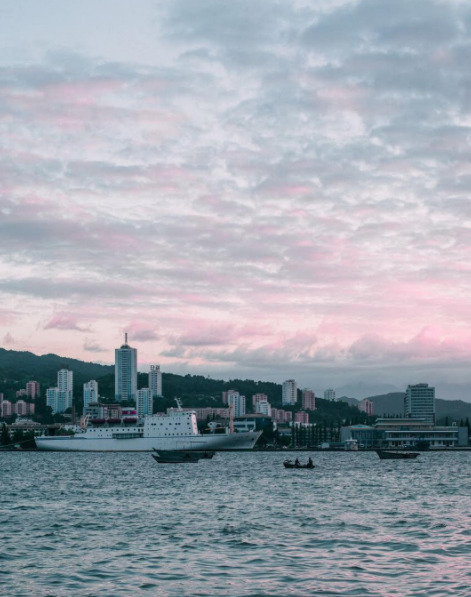
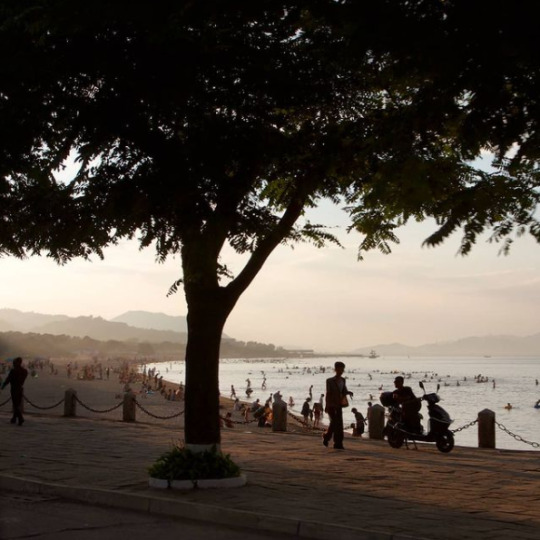
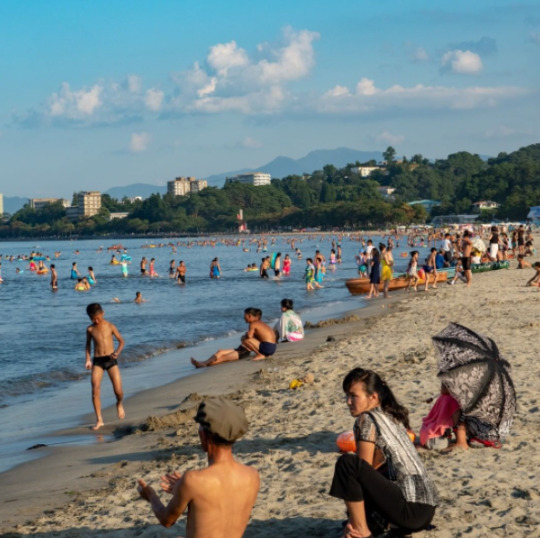
Masikryong Ski Resort, located close to Wonsan. It opened to the public in 2014 and is the first, I believe, that was built with foreign tourists in mind.
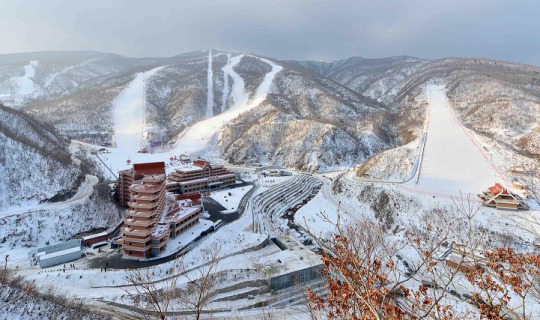
Sariwon, another rebuilt city
One of the worst hit cities during the Korean War, with an estimated destruction level of 95%.
I've written about its Wikipedia page here before, which used to mockingly describe its 'folk customs street'—a project built to preserve old Korean traditions and customs—as an "inaccurate romanticized recreation of an ancient Korean street."
No mention, of course, of the destruction caused by the US-led aerial bombings, or any historical context at all that could possibly even hint at why the preservation of old traditions might be particularly important for the city.
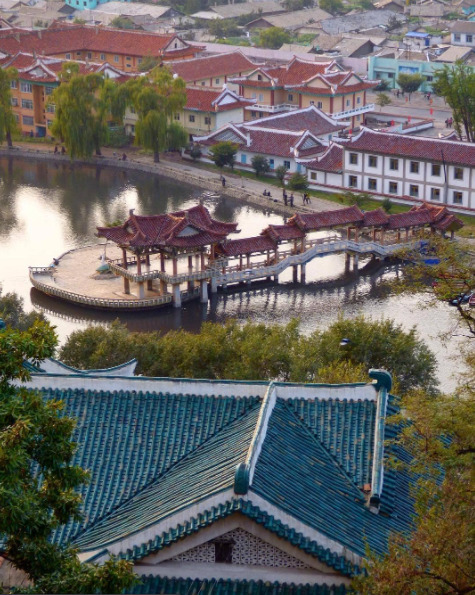

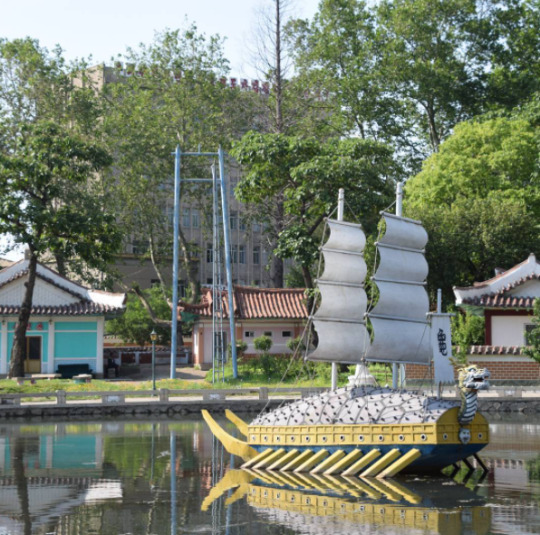
Life outside of the towns and cities
In the rural parts of the DPRK, life primarily revolves around agriculture. As the sanctions they're under make it difficult to acquire fuel, farming in the DPRK relies heavily on manual labour, which again, to avoid food shortages, requires that a large portion of the labour force resides in the countryside.
Unlike what many may think, the reliance on manual labour in farming is a relatively "new" development. Up until the crisis of the 1990s, the DPRK was a highly industrialized nation, with a modernized agricultural system and a high urbanization rate. But, as the access to cheap fuel from the USSR and China disappeared, and the sanctions placed upon them by Western nations heavily restricted their ability to import fuel from other sources, having a fuel-dependent agricultural industry became a recipe for disaster, and required an immediate and brutal restructuring.
For a more detailed breakdown of what lead to the crisis in the 90s, and how it reshaped the DPRKs approach to agriculture, check out this article by Zhun Xu.

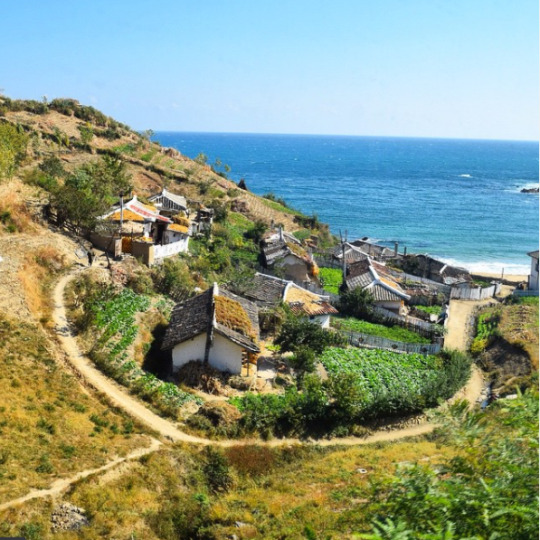
Some typical newly built rural housing, surrounded by farmland.
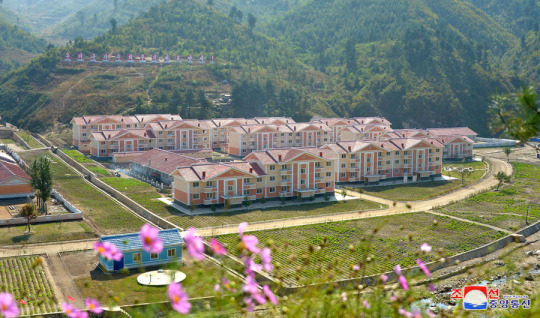
Tumblr only allows 20 pictures per post, but if you want to see more pictures of life outside Pyongyang, check out this imgur album.
#dprk#north korea#i've had this post unfinished in drafts for almost a year#also sorry about the spelling and potential formatting issues it's a nightmare to edit at this point#it was literally just meant to be a collection of picture and then the writing just sort of happened#enjoy the brief heritageposts history lesson i guess
7K notes
·
View notes